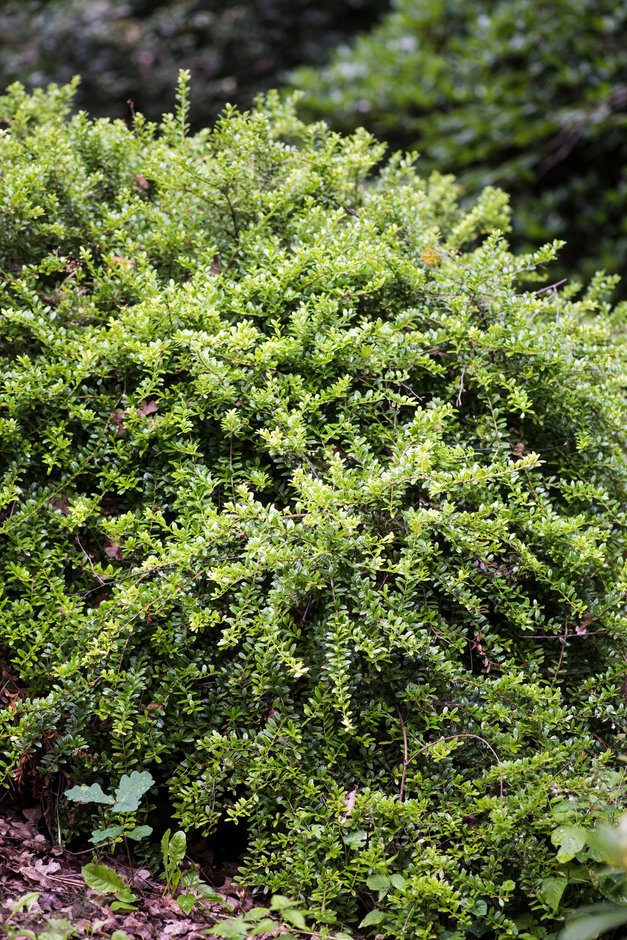Not the plant you're looking for? Search over 300,000 plants
Conservatory GreenhouseFruit EdibleShrubs
Size
Ultimate height
0.1–0.5 metresTime to ultimate height
5–10 yearsUltimate spread
0.1–0.5 metresGrowing conditions
Loam
Sand
Moisture
Moist but well–drained, Well–drainedpH
AcidColour & scent
| Stem | Flower | Foliage | Fruit | |
| Spring | Red | Red | Green | |
|---|---|---|---|---|
| Summer | Red | Green | ||
| Autumn | Red | Green | Purple | |
| Winter | Red | Green |
Position
- Full sun
- Partial shade
Aspect
South–facing or North–facing or West–facing or East–facing
Exposure
Sheltered Hardiness
H1CBotanical details
- Family
- Ericaceae
- Native to GB / Ireland
- No
- Foliage
- Evergreen
- Habit
- Bushy
- Genus
Vaccinium can be evergreen or deciduous shrubs or small trees, with simple leaves and small, bell- or urn-shaped flowers followed by juicy, sometimes edible berries
- Name status
Correct
- Plant range
- Java
How to grow
Cultivation
Grow in well-drained, acidic compost in a warm greenhouse or conservatory in full sun or partial shade
Propagation
Propagate by semi-hardwood cuttings in mid to late summer or layer in mid-summer
Suggested planting locations and garden types
- Patio and container plants
- Edible fruit
Pruning
Pests
Generally pest-free
Diseases
May be susceptible to honey fungus (rarely), powdery mildews, root rot and chlorosis due to iron and manganese deficiency; see nutrient deficiencies
Get involved
The Royal Horticultural Society is the UK’s leading gardening charity. We aim to enrich everyone’s life through plants, and make the UK a greener and more beautiful place.
